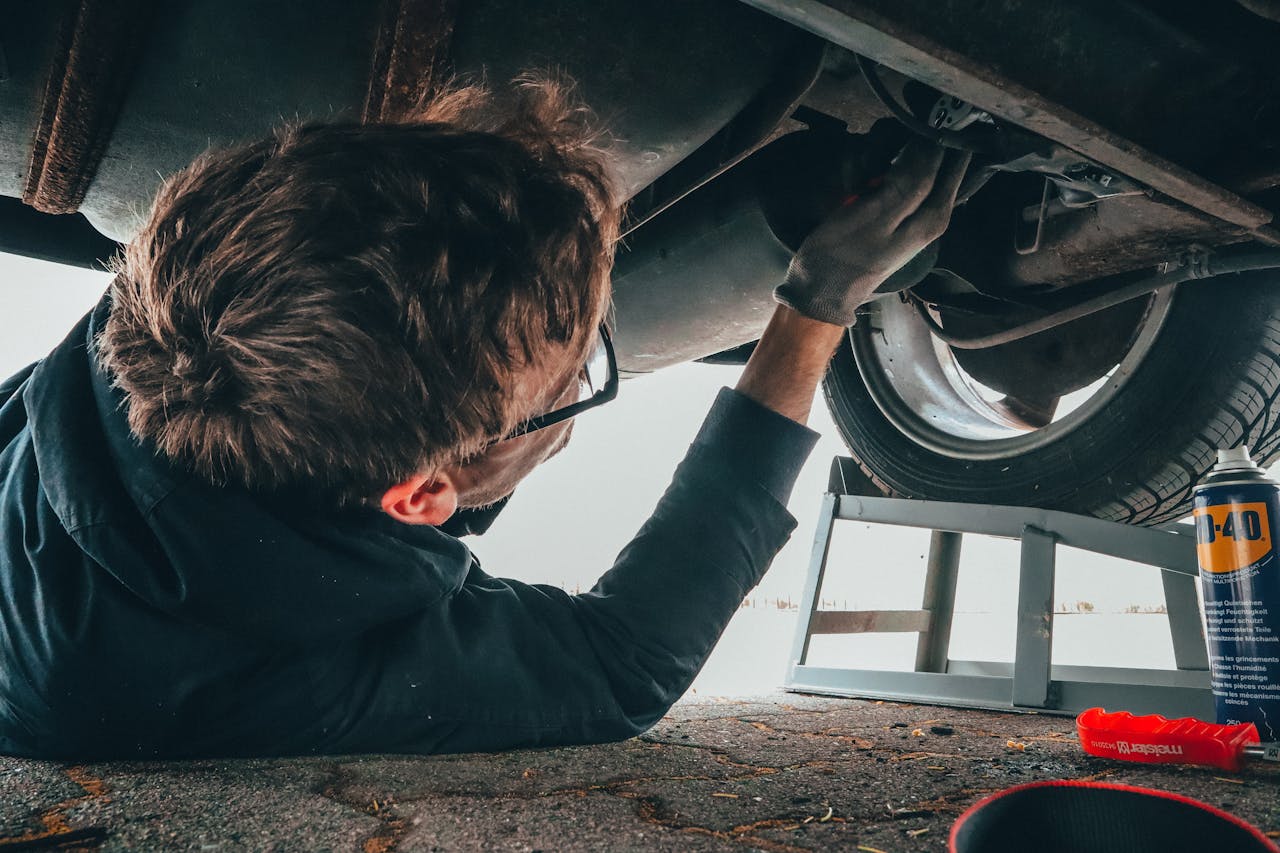
When you pull into an auto repair shop, you expect honest advice about your car’s health. But let’s face it—some shops see dollar signs when you roll in, especially when selling you new tires. Tires are a big-ticket item, and many drivers don’t know exactly when to replace them. That uncertainty makes it easy for less-than-scrupulous mechanics to stretch the truth.
If you’ve ever wondered whether you really need those new tires, you’re not alone. Understanding the common lies auto repair shops tell can save you hundreds of dollars and keep you safer on the road. Let’s break down the five most common fibs you might hear, so you can make smarter decisions the next time you’re in the shop.
1. “Your Tread Is Below the Legal Limit”
One of the most common lies you’ll hear is that your tire tread is dangerously low and below the legal limit. The legal minimum tread depth in most states is 2/32 of an inch, but some shops will claim your tires are unsafe even when you have plenty of life left. They might use a worn penny or a misleading gauge to “prove” their point. Before you agree to buy new tires, check the tread yourself. The penny test is simple: insert a penny into the tread with Lincoln’s head upside down. If you can see the top of his head, it’s time for new tires. Otherwise, you’re still good to go.
2. “You Have Dry Rot—Your Tires Could Blow Any Minute”
Another scare tactic is the claim that your tires have dry rot and could blow out at any moment. While dry rot (cracking in the rubber) is a real issue, it’s not as common as some shops make it sound. Most modern tires are made with compounds that resist dry rot for years. Unless your tires are very old or have been exposed to harsh conditions, a few small surface cracks don’t mean you need new tires right away. If you’re unsure, ask the mechanic to show you the damage and get a second opinion. NHTSA offers helpful resources on tire aging and when replacement is truly necessary.
3. “You Need New Tires for Better Fuel Economy”
Worn or improperly inflated tires can indeed affect your fuel economy, but the difference is often exaggerated. Some shops will claim that buying new tires will dramatically improve your gas mileage, but the reality is more nuanced. Proper tire maintenance—like keeping them inflated to the recommended pressure and rotating them regularly—has a bigger impact on fuel efficiency than simply buying new tires. According to the U.S. Department of Energy, under-inflated tires can lower gas mileage by about 0.2% for every one psi drop in pressure. So, before you shell out for new tires, try inflating and rotating your current set.
4. “Your Tires Are Too Old, Even If the Tread Looks Fine”
Some shops will insist that your tires are too old, regardless of how much tread remains. While it’s true that tires degrade over time, most manufacturers recommend replacing them every six to ten years, depending on usage and storage conditions. Shops may try to scare you into buying new tires at the five-year mark, even if yours are still in good shape. To check your tire’s age, look for the DOT code on the sidewall—the last four digits indicate the week and year the tire was made. If your tires are under six years old and show no signs of damage, you probably don’t need new tires just yet.
5. “You Need All Four Tires Replaced at Once”
It’s a common upsell: the shop tells you that you must replace all four tires simultaneously, or risk damaging your car. While this is true for some all-wheel-drive vehicles, it’s not necessary for most cars. If only one or two tires are worn, you can often replace just those, as long as the new tires match the size and type of the existing ones. Always check your owner’s manual for specific recommendations. Don’t let a shop pressure you into buying more new tires than you actually need.
Outsmarting the Tire Talk: Your Best Defense
The best way to avoid falling for these new tire lies is to educate yourself and stay proactive about your car’s maintenance. Learn how to check your own tread depth, monitor tire pressure, and read the sidewall for important information. Don’t be afraid to ask questions or seek a second opinion if something doesn’t feel right. Remember, reputable shops will welcome your curiosity and provide clear, honest answers. By staying informed, you’ll save money and drive with greater confidence, knowing you’re making the right choices for your vehicle.
Have you ever been pressured to buy new tires at an auto shop? Share your story or tips in the comments below!
Read More
8 Things Foreign Cars Fixed That American Brands Still Struggle With
8 Crossover Vehicles That Are More Than Worth The Money
The post 5 Lies Auto Repair Shops Tell You to Get You To Buy New Tires appeared first on Clever Dude Personal Finance & Money.


Leave a Reply